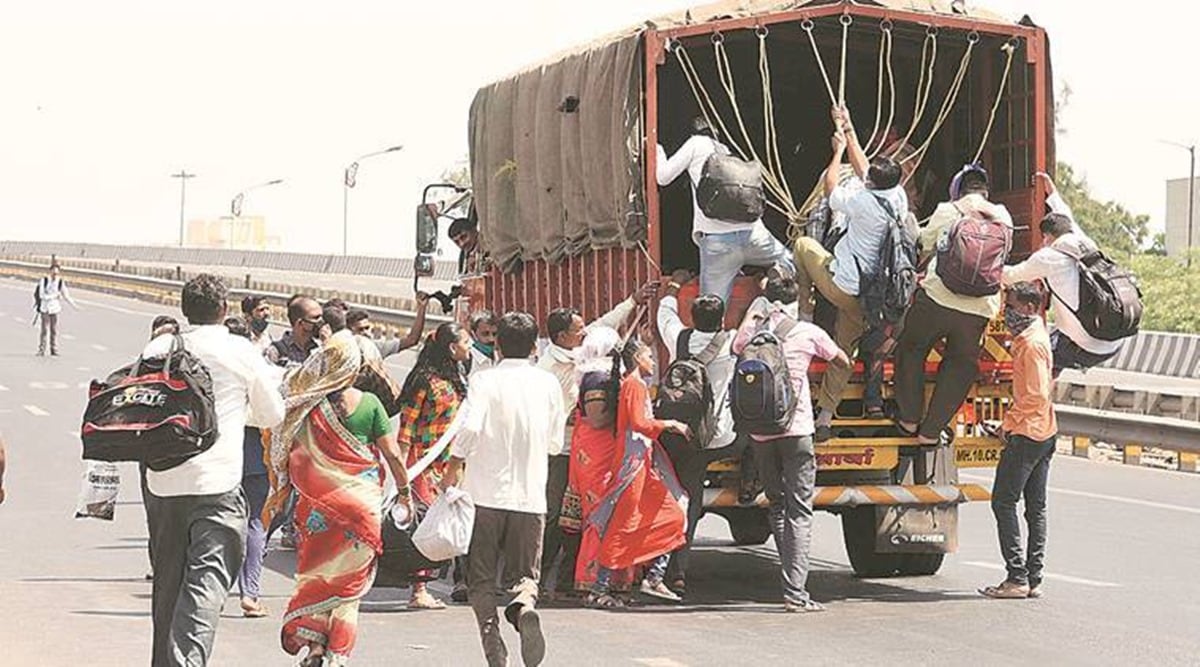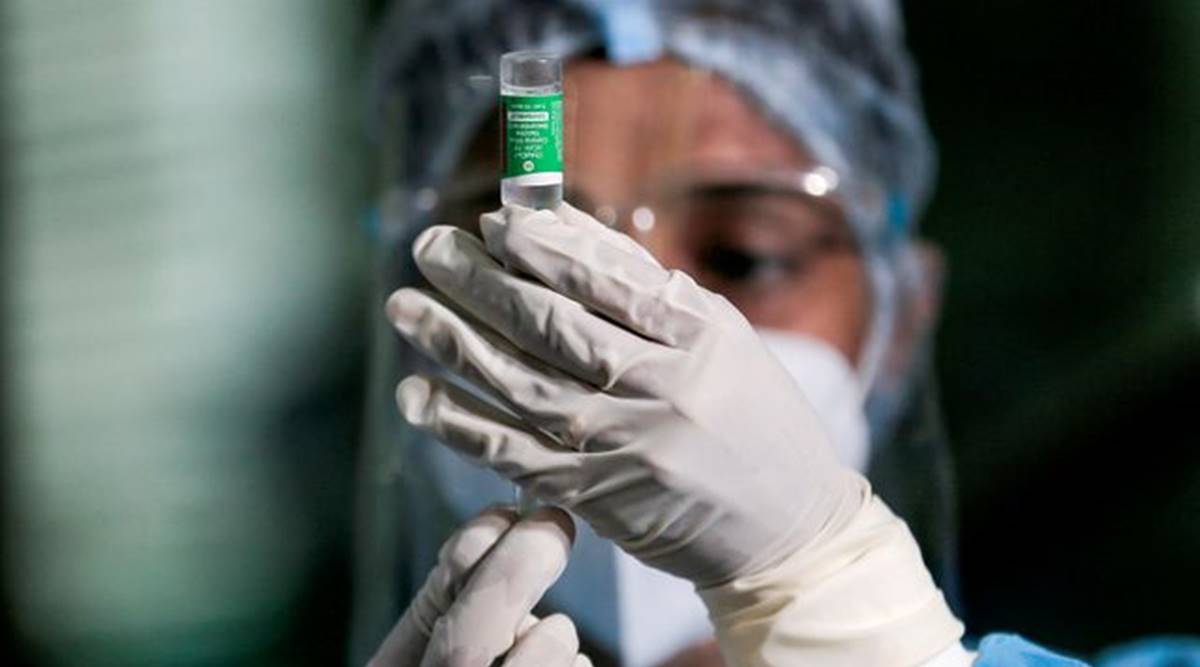
IN A report launched by Chief Minister Vijay Rupani final week, the state authorities has hailed the Mahatma Gandhi Nationwide Rural Employment Assure Act (MGNREGA) as a “lifesaver” for migrant employees who needed to return to their villages in Gujarat following the Covid-19 lockdown final 12 months.
The report additionally says that agriculture “cushioned” migrant employees, and the federal government ought to “prioritise agriculture” as an answer to the disaster.
Citing particular examples from villages within the predominantly tribal district of Dahod amongst others, the report says the state authorities ought to “re-strategise MGNREGA” — a scheme launched by the earlier Congress-led UPA authorities in 2006 — as an answer for post-Covid rural restoration, and will “embody skill-mapping, long-term danger protection and earnings assurances”.
The report, Implications of Covid-19 on Gujarat on vitality, emissions, local weather and developmental views, has been “ready by the (state authorities’s) local weather change division and supported by the Indian Institute of Administration-Ahmedabad and the Indian Institute of Know-how-Gandhinagar”.
In keeping with the report, following the Covid-19 lockdown final 12 months, “roughly one lakh” migrant employees returned to their villages in Dahod. Stating that “the federal government is working in the direction of producing employment alternatives”, it says “MGNREGA has been a lifesaver for labourers compelled to return to their properties”.
In Dhara Dongri village of Dahod, migrant employees with small land holdings and no irrigation services enrolled themselves underneath MGNREGA, it says. “Though compared to what they have been incomes in cities, the wages underneath MGNREGA are minimal (Rs 224 per day), however they nonetheless think about it to be ample to maintain their households throughout such a disaster state of affairs induced by Covid-19,” says the report.
Citing the instance of a contractual employee from the identical village, the report narrates how MGNREGA performed a “optimistic position”. He cultivated maize on his small farm, which was ample to feed his household, and enrolled himself underneath MGNREGA.
One other couple from Pavdi village in Dahod discovered “earnings assist” in MGNREGA after getting back from Surat, the place they have been employed in a tile manufacturing unit, it says.
Citing a report in The Indian Specific, it says that Dahod has the best labour engagement underneath MGNREGA in Gujarat (2.38 lakh), adopted by Bhavnagar (77,659) and Narmada (59,208).
“Agriculture has been in a position to cushion migrant employees from the Covid disaster by offering them with some subsistence earnings. Return of migrants to villages additionally helped in managing scarcity of agricultural labourers,” says the report.
Citing the instance of migrant employees in Saurashtra, it says: “These migrants have been principally engaged with the diamond sector in Surat, and people migrant households with land holdings in villages have opted for land tilling actions, whereas others engaged themselves as agricultural labourers.”
Over 12 lakh diamond employees in Surat are from Saurashtra and North Gujarat.
The report says the federal government ought to “prioritise agriculture” as a part of an answer for migration. There’s a “want for long-term technique that takes into consideration underlying causes of migration together with the hyperlinks between agricultural insurance policies and causes of migration,” it says.
Talking to The Indian Specific on situation of anonymity, an official from the local weather change division mentioned: “It’s felt that MGNREGA obtained monumental stimulus underneath the AatmaNirbhar Bharat Abhiyan… Enrolment underneath the scheme elevated enormously through the pandemic, and particularly through the lockdown. Dahod district reported the best labour engagement underneath MGNREGA, with most of them employed underneath the Pradhan Mantri Awas Yojana and Sujalam Sufalam Jal Sanchay Yojana… 12,378 households have been employed in April and 77,429 in Could. With enhance in every day wages from Rs 198 to Rs 224, they managed to maintain their livelihood.”








